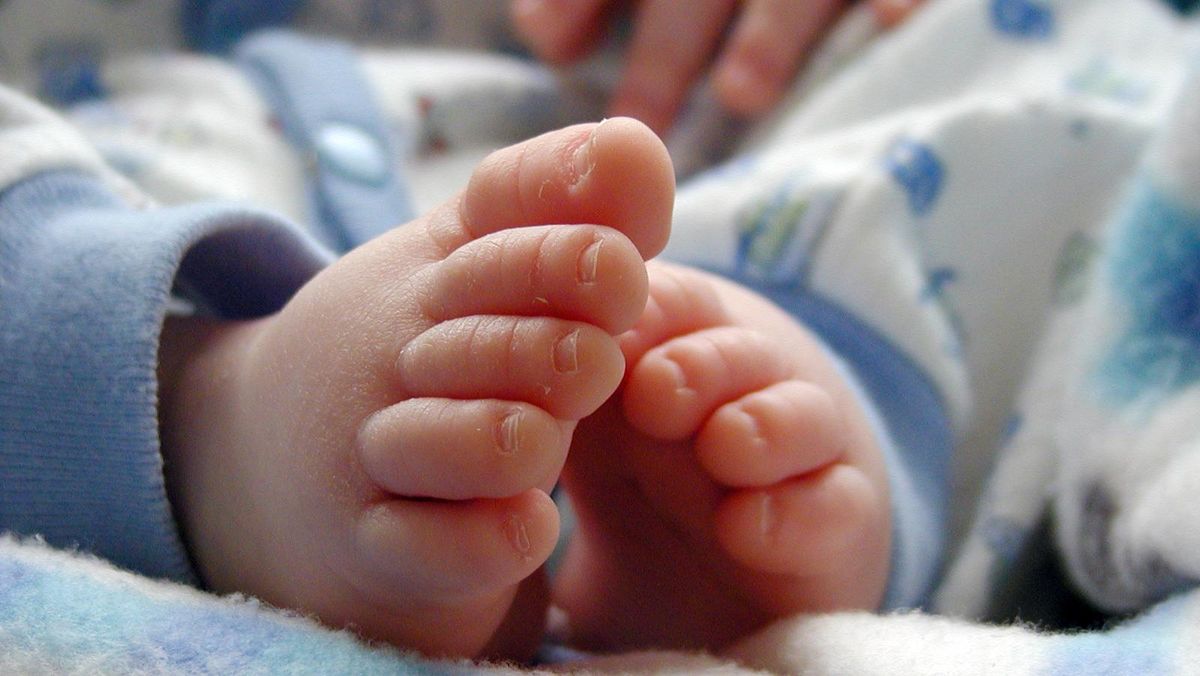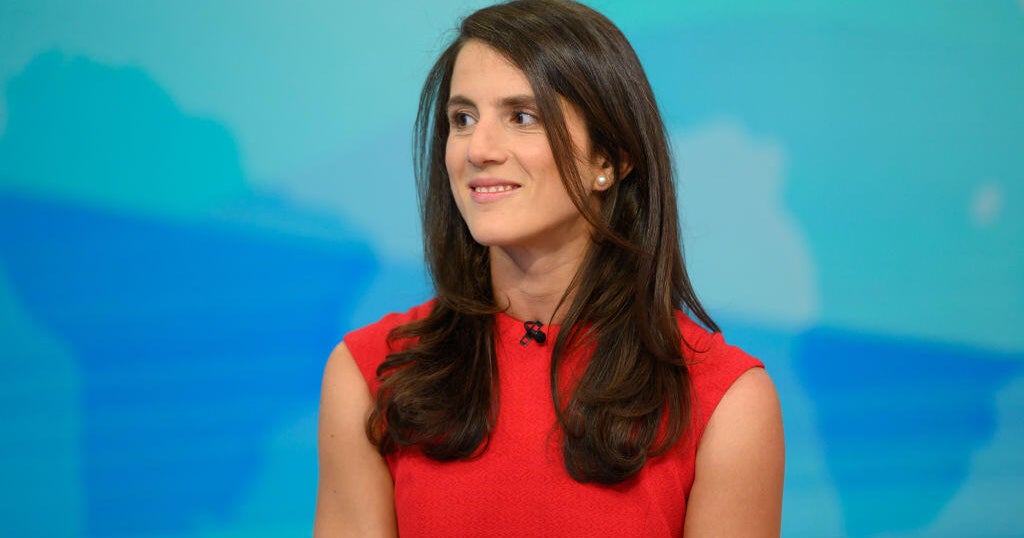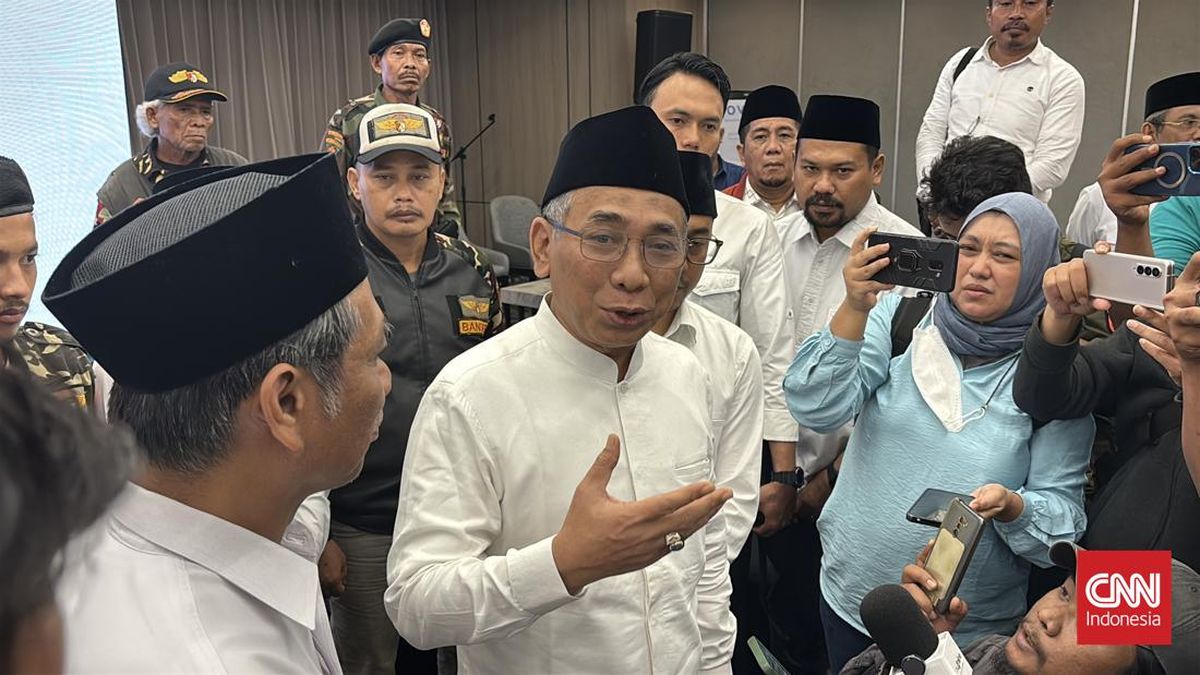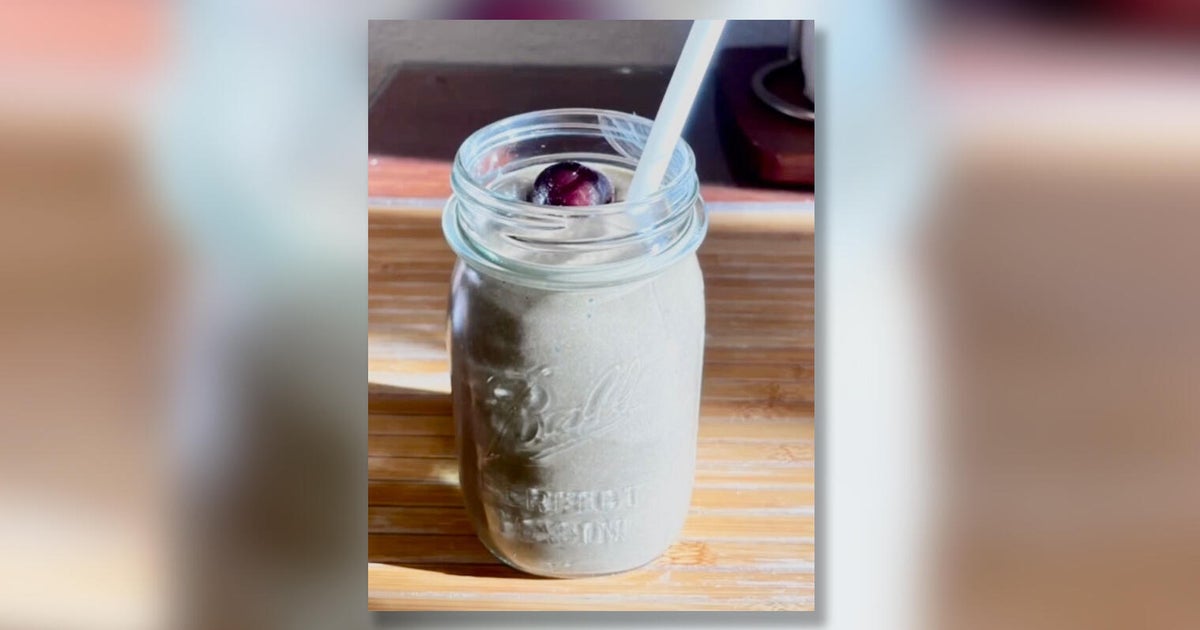The lowest annual inflation rate in four years has ramped up pressure on the Reserve Bank to deliver an interest rate cut when they meet within the next fortnight.
The Australian Bureau of Statistics on Wednesday morning reported that headline inflation was 0.7 per cent in the June quarter, taking the annual rate down to 2.1 per cent. It had been 2.4 per cent in the March quarter and is the lowest inflation rate since early 2021 when the country was in the midst of the pandemic.
The important measures of underlying inflation showed a 0.6 per cent increase in the quarter, with the annual rate easing to 2.7 per cent.
The underlying inflation result was the lowest since December 2021.
In announcing a surprise decision not to cut rates earlier this month, Reserve Bank governor Michele Bullock noted that these quarterly inflation numbers would be a key factor in determining when home buyers would enjoy further interest rate relief.
A key source of inflation has been the housing construction sector. While prices in this area rose by 0.4 per cent in the quarter, annual inflation slipped to just 0.7 per cent. It had peaked at 20.7 per cent in the September quarter of 2022.

Reserve Bank governor Michele Bullock will be under pressure to cut interest rates after the release of June quarter inflation figures on Wednesday morning.Credit: Bloomberg
One of the biggest price increases in the quarter was electricity, up by 8.1 per cent, due to state and federal energy rebates being used up by consumers.
“While electricity was up this quarter, it’s down 6.2 per cent compared to 12 months ago as rebates remained in place for most capital cities,” the bureau’s head of prices statistics, Michelle Marquardt, said.
A lift in the prices of strawberries, blueberries, grapes, tomatoes and cucumbers was behind a 4.3 per cent increase in fruit and vegetable prices.
Loading
Health costs lifted by 1.5 per cent, largely due to the annual increase in private health insurance premiums which started from April.
Offsetting the price hikes was a fall in transport costs. Petrol prices fell by 3.4 per cent in the quarter and are now 10 per cent lower than a year ago.
Other inflationary pressures are continuing to ease.
Rents climbed by 4.5 per cent over the past 12 months. A year ago, they were climbing by 7.3 per cent.
Insurance costs are also starting to ease. A year ago, insurance inflation was running at 14 per cent but in June this had slipped to 3.9 per cent.
Annual goods inflation was 1.1 per cent, down from 1.3 per cent in the previous quarter.
In a positive for the Reserve Bank, services inflation continues to ease, down to 3.3 per cent this quarter after being at 3.7 per cent in the March quarter.
“This is the lowest services annual inflation in three years and continues to reflect easing inflation for rents and insurance,” Marquardt said.
Loading
In another development that may raise concerns for the RBA, the monthly measure of inflation – which will soon be the main measure of inflation – fell to 1.9 per cent in June.
Across the nation’s capital cities, inflation edged down to 1.9 per cent in Sydney and 2 per cent in Melbourne.
More to come.
Cut through the noise of federal politics with news, views and expert analysis. Subscribers can sign up to our weekly Inside Politics newsletter.
Most Viewed in Politics
Loading


















































